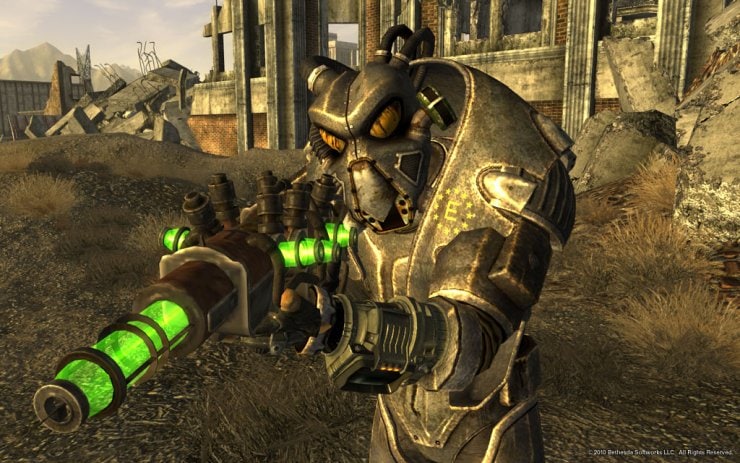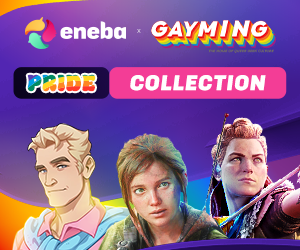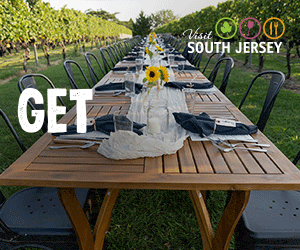Fallout 2: 21 Years after the first Western Same-Sex Marriage in Video Games
Fallout 2 was released in 1998, a time where diversity was not as celebrated as it is today. Since it’s release, Fallout 3, Fallout: New Vegas and Fallout 4 have been released into the world, and with them, a string of LGBT characters – from Arcade Gannon to Piper Wright – that we all know and love.
These characters have shaped players in many different ways, but it was Fallout 2 that paved the way for a feature in-game that has since been included in games like Fire Emblem, Dragon Age, and Fable: same-sex marriage. Same-sex marriage in the US officially was legalized 17 years later. To say that Fallout 2 was ahead of the curve is possibly the biggest understatement of the year.
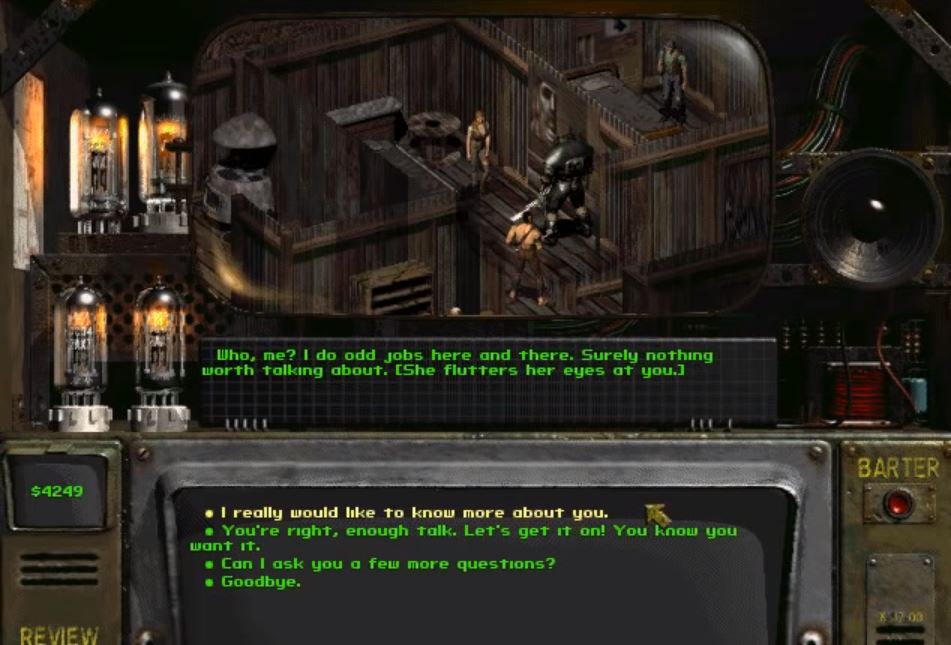
In mid July, original blueprints of The Sims were released by programmer and artist Don Hopkins. These blueprints included the fiasco of Maxis firing a gay programmer for including LGBT content as easter eggs, as well as Hopkins own thoughts on the relationship design being ‘heterosexist and monosexist’.
When I sent over my questions to Chris Avellone, one of the designers for Fallout 2, the question of whether anyone at Black Isle Studios also resisted against the inclusion of LGBT features in Fallout 2 was at the front of my mind.
“Not one.” Chris told me, stating that “it’s one of the benefits of being in control of your own franchise. Other external franchises would have potentially blocked that or asked we not include it at the time.”
Of course, since 1998 franchise holders have changed their minds. If you look at a Pride Parade now, you’d be remiss not to see companies like Sony or Ubisoft joining in on the fun. Even Bethesda, the brains behind Fallout 4, jazz up their social media whenever LGBT History Month or Pride Month comes around. Whether that’s to show support, rake in money or a bit of both depends on who you ask.
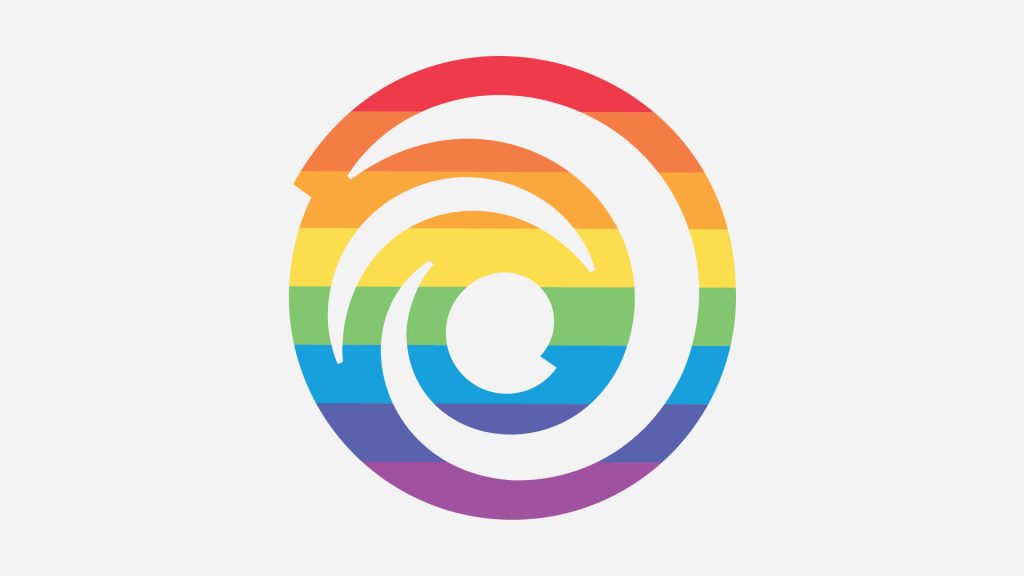
All the same, despite the support of same-sex relationships by certain companies and franchise holders, fans aren’t always as accepting. The words ‘cop-out’ and ‘SJW’ are often thrown around, and with that level of abuse comes a certain hesitation. But, according to Avellone, the reception for Fallout 2 was not only positive but “fans didn’t seem to care” about same-sex marriage being included at all.
There may be many reasons for this. Maybe because many of the characters that you could form same-sex relationships with were sex-workers and thus, were wrongly seen as something that ‘didn’t count’.
However, according to Kayleigh Hart, a long-time fan of the Fallout series, she suspects that little to no reception of Fallout 2’s same-sex marriage was due to how it was so easy to miss out on because of how out of the way Modoc could be.

“I played through Fallout 2 over five different times before I realized that you could even sleep with Miria in the slaughterhouse.” She continued, “Modoc is a quiet town in comparison to Vault City, there’s only a few things to do and Miria just never interested me. I’d no idea I’d been walking past the first same-sex marriage option in video games.”
Many of the queer relationships in Fallout 2 are with sex workers, though unlike Miria and Davin, the two same-sex marriage options, there was never a time where players could offer their hand in marriage to these workers despite some having quests or dialogue that let you to get to know them more. Queer sexuality can often be explored through the use of sex work, yet it feels strange that the option of same-sex marriage was only offered in Modoc.
But there is a reason for it, and it has everything to do with the inner workings of city life in Fallout 2.
Modoc is a small town where everyone knows one another, where things can get wild and weird and as Avellone puts it, where a “shotgun wedding in a small community” actually feels mundane and works with “that area’s community theme”. On the other hand, Vault City felt more of a ‘modern day’ in a post-apocalyptic world, which is why Phyllis, the medical assistant you can flirt with regardless of gender, is uncomfortable with flirtations coming from a woman.
“The reason why this was done was to show how [Vault City] were narrow in their ways.” Avellone tells me. While this is, ultimately, a design choice rather than one of a personal nature, it’s unfortunate that there was no real way to help Phyllis overcome these prejudices in order to form an understanding with her.
But that doesn’t mean the Fallout series hasn’t changed over time, and often for the better. As Avellone explains to me, he is most definitely for more same-sex romance options rather than it being limited. But gender and sexual preference is still often talked about when designing romances.
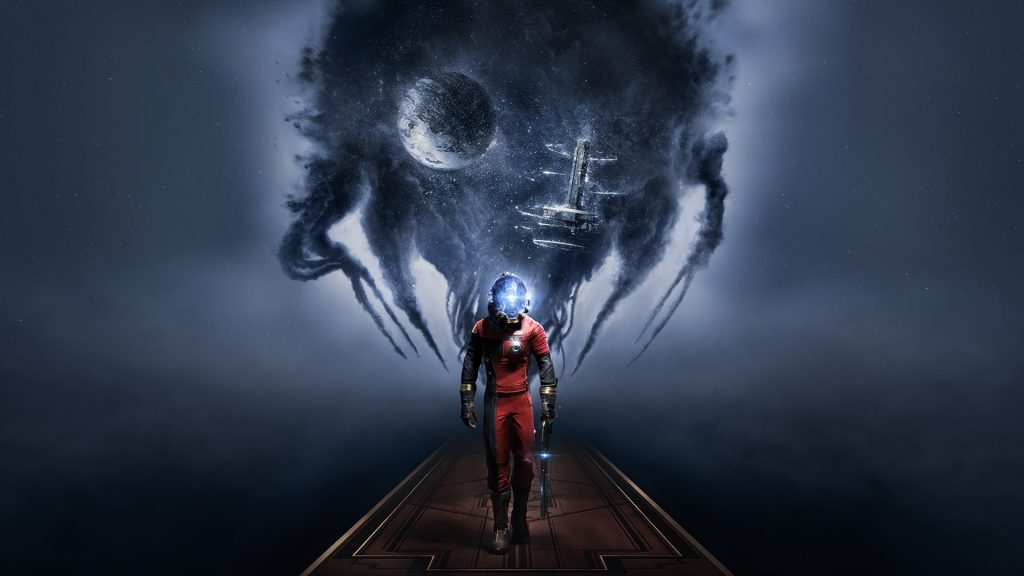
“We might sometimes ask if romance or a relationship would change based on gender or the NPC’s sexual preference, but the answer is usually, it wouldn’t change anything in the narrative or the design.” An example that he gave was Arkane Studio’s sci-fi hit, Prey. “When the question came up if certain lore elements should be kept in a same-sex situation, it felt appropriate to keep the same-sex relationships rather than restrict them or remove them, for example – and that was a pretty quick decision between the lead writer and I.”
While not involved in Fallout 4, it’s obvious that the romance options being available for everyone allowed individuals who, no matter what their sexuality or gender, to feel as though they were thought of and cared about. More importantly, it allowed people to be seen.
One of my last questions to Avellone in our interview was this: how do you feel the queer representation of Fallout 2 would stand in today’s world? And if not, what would you change about it?
His reply cut straight to the heart of what made the Fallout 2 same-sex marriage one of the defining moments in LGBT gaming.
“I’m not sure, but I don’t think anything would keep us from making the same decisions.”

